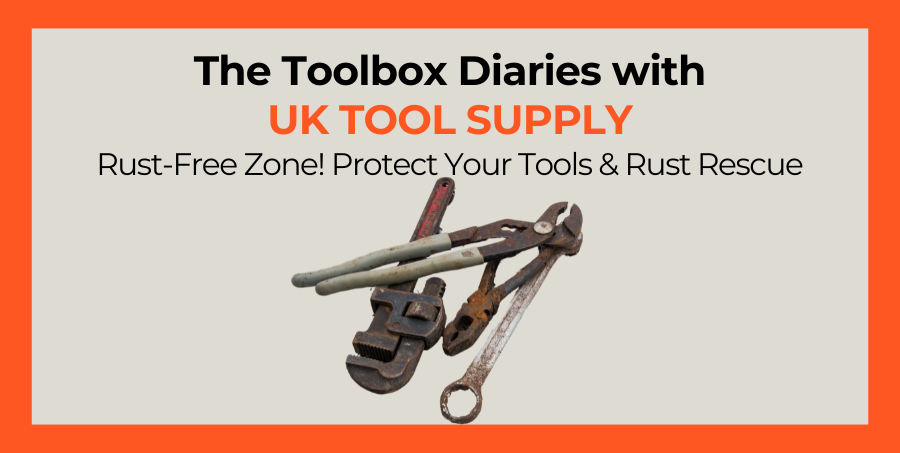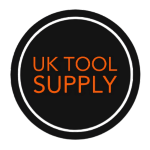Protect Your Tools and Rust Rescue: Top Tips

Rust is the pesky nemesis of every DIY enthusiast and professional alike. It creeps up on your favourite tools, turning them from shiny and new to rusty and unusable. But fear not! We've got some top tips to help you prevent and remove rust, keeping your tools in tip-top shape for years to come.
Why Does Rust Happen?
Rust is the result of a chemical reaction between iron, oxygen, and moisture. This process, known as oxidation, forms iron oxide, which weakens and corrodes your tools. Preventing rust is all about minimising these three elements meeting each other.
Prevention Tips
- Keep It Dry: The simplest way to prevent rust is to keep your tools dry. After use, make sure to wipe them down with a clean cloth to remove any moisture. Storing them in a dry place is equally important. A toolbox with a moisture-absorbing product like silica gel packs can work wonders.
- Regular Cleaning: Regularly clean your tools to remove dirt and grime. This prevents moisture from getting trapped and starting the rusting process. A quick wipe with an oily rag can also add a layer of protection.
- Use Rust-Resistant Products: Investing in rust-resistant tools can save you a lot of hassle. Stainless steel and chrome-plated tools are less prone to rust. You can also use rust inhibitors and protective sprays to give your tools an extra layer of defence.
- Oil Your Tools: Applying a light coat of oil, such as machine oil or even vegetable oil, can help create a barrier against moisture. Be sure to reapply periodically to maintain protection.
Removing Rust
If rust has already started to form, don’t worry. There are several ways to remove it and restore your tools to their former glory.
- Vinegar Bath: Soak your rusty tools in white vinegar for a few hours or overnight. The acetic acid in the vinegar reacts with the rust, making it easier to scrub away. After soaking, use a brush or steel wool to scrub off the rust. Rinse with water and dry thoroughly.
- Baking Soda Paste: Make a paste with baking soda and water. Apply it to the rusty areas and let it sit for a while. Scrub with a brush or steel wool, then rinse and dry.
- Lemon and Salt: Sprinkle salt over the rusty area, then squeeze lemon juice over it. The citric acid in the lemon, combined with the abrasive action of the salt, helps lift the rust. Let it sit for a few hours before scrubbing, rinsing, and drying.
- Commercial Rust Removers: There are plenty of rust removal products available that can make the job easier. Follow the instructions on the packaging for the best results.
Maintenance is Key
Preventing and removing rust is an ongoing process. Regular maintenance will extend the life of your tools and keep them performing at their best. Remember to store them properly, keep them clean and dry, and apply protective coatings as needed.
Toolbox Diaries Conclusion
Rust doesn't stand a chance against these preventive measures and removal techniques. By taking a little extra care, you can ensure your tools remain reliable and ready for action. After all, a well-maintained tool is a happy tool!
So, next time you see a speck of rust, you'll know exactly what to do. Happy DIY-ing, and may your tools stay forever rust-free!
